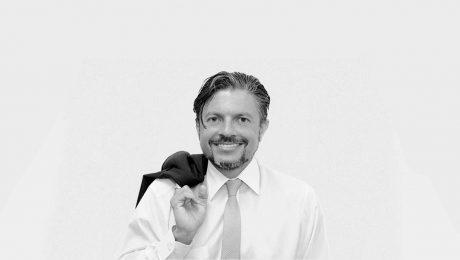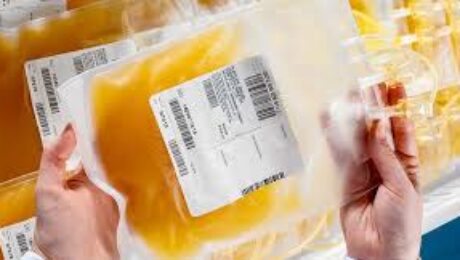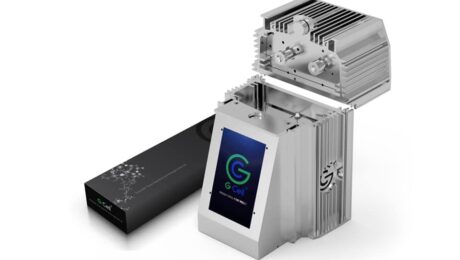Serial Entrepeneur
founder Global Stem Cells Group
he COVID19 pandemic has brought about a ‘new normal’ of social-distancing, closed businesses and self-isolation. After several months of inactivity brought about by this virus and the period of self-isolation, the International Society for Stem Cell Application is ready to begin the process of resuming our schedule of training courses, Florida (PRUnderground) May 19th, 2020
Exosomes are extracellular vesicles (that’s particles that release naturally from a cell that cannot replicate) that are responsible for certain genetic information, otherwise known as Exosomes cell to cell communication. They transport molecules that are essential regulators of intracellular information between close and distant cells. Exosomes play a vital role in the communication and rejuvenation
The human immune system helps to protect the body against illness and infection caused by bacteria, viruses, fungi, and parasites. This process is achieved by a collection of reactions and responses made by the body to damage these infected cells. It is also called immune responses. This immune system is very crucial in cancer patients
Some people believe that stem cell does all of this but studies have shown that It’s unlikely only in a few unique cases. You can observe minimal growth a year after the patient took treatment, but this doesn’t mean replacement of the cartilage. The cartilage has a reduced regenerative capacity, and current and present pharmacological
Induced pluripotent stem cells (also known as iPS cells or iPSCs) are a type of pluripotent stem cell that can be generated directly from a somatic cell. Pluripotent stem cells hold promise in the field of regenerative medicine. Because they can propagate indefinitely, as well as give rise to every other cell type in the
Insulin-producing cells grown in the lab could provide a possible cure for the age-long disease (diabetes). Type 1 diabetes is an auto¬immune disease that wipes out insulin-producing pancreatic beta cells from the body and raises blood glucose to dangerously high levels. These high levels of Blood sugar level can be even fatal. Patients are being
Because of the complex nature of wound healing process, an injury on the skin can pose several challenges and are likely pose complications especially when they are acute. They can as well deteriorate from acute to chronic conditions which will require external intervention best understood by a specialist physician to get the area affected by










![Secondary-Diabetes[1]](https://benitonovas.com/wp-content/uploads/2020/02/Secondary-Diabetes1-460x260_c.png)

